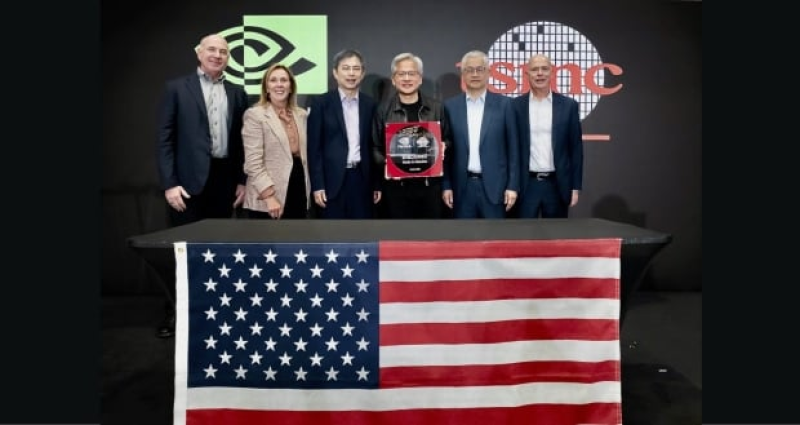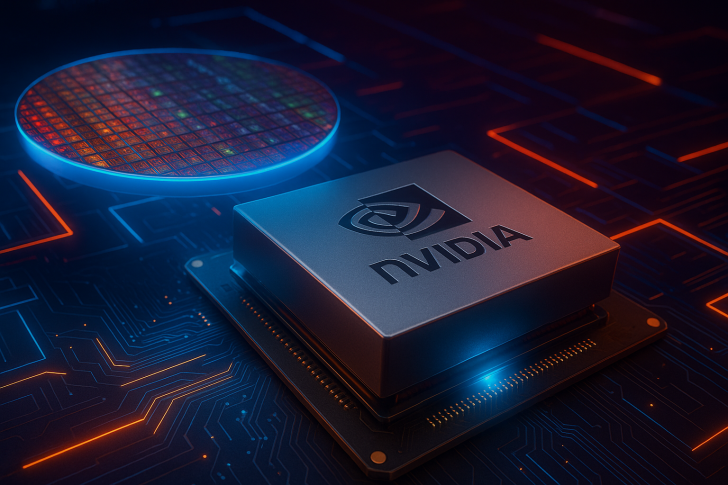⬤ Nvidia is working to lock down more cutting-edge chip capacity for its next-gen Blackwell platform, asking TSMC to significantly boost 3nm wafer output. The request would push production from about 100,000–110,000 wafers monthly up to around 160,000—an increase of roughly 35,000 wafers dedicated to Blackwell. It's a clear sign of how critical advanced 3nm manufacturing has become as Nvidia gears up for surging AI demand.

⬤ Management says demand is strengthening steadily, with momentum building month after month. That tracks with continued interest in AI accelerators and data center buildouts. Just as important, Nvidia notes that all three HBM memory suppliers have already scaled up to support the ramp. Since HBM availability is often the bottleneck, having memory partners synchronized with chip production is key to turning those extra wafers into finished products.
⬤ Pushing TSMC's output toward 160k wafers monthly would be a major expansion at the leading edge. While the report doesn't break down exact timing or unit volumes, the message is clear: Nvidia is aligning both foundry capacity and memory supply to meet higher Blackwell volumes. That coordination cuts down on bottleneck risk and helps the company keep delivery promises to hyperscalers and enterprise customers.
⬤ This update matters because it shows Nvidia is matching strong AI demand with supply on both fronts—logic chips (3nm) and memory (HBM). If TSMC delivers the requested capacity and HBM stays plentiful, Nvidia should be in a solid position to fulfill orders and keep its data center momentum rolling. The combination of a targeted 3nm increase and scaled memory vendors is a constructive signal for Blackwell availability in the near to medium term—assuming the capacity boost comes through as planned.
 Peter Smith
Peter Smith

 Peter Smith
Peter Smith


